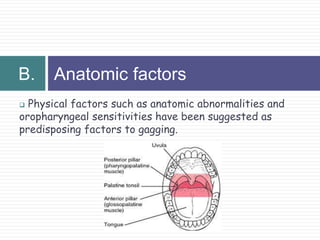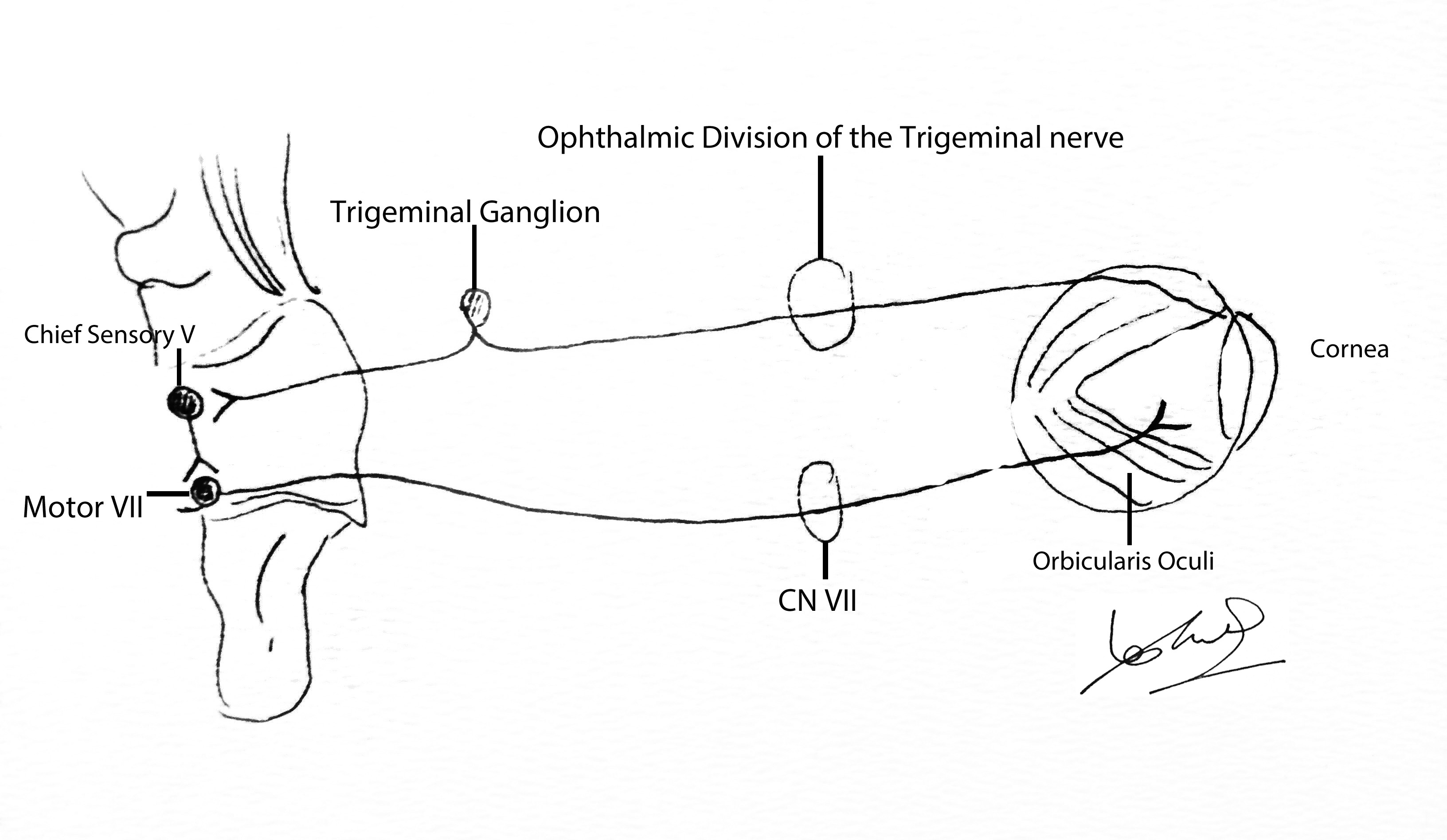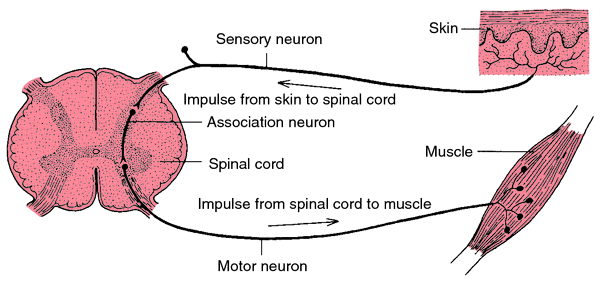

fixed mid-sized pupils occur in midbrain lesions.pinpoint pupils occur in pontine lesions and certain overdoses (e.g.Different sized pupils correspond to different types of lesions.We need to assess the pupils for size, asymmetry and reactivity to light.Look for spontaneous breaths in the ventilated patient (may be suppressed if hyperventilated).Also look for deep rapid Kussmaul breathing, secondary to a metabolic acidosis, as in diabetes ketoacidosis.Central hyperventilation, or prolonged inspiratory pauses or irregular ataxic breathing indicates various brainstem lesions as does apnea.Cheyne-Stokes Respiration is not specific but is seen in lesions above the brainstem.Other scores such as the Richmond Agitation-Sedation Score (RASS) are used to titrate sedation (see Sedation in the ICU)īreathing pattern is often forgotten in intubated patients, but is important as the pattern of breathing correlates with the level of the lesion, and may suggest other causes.GCS is most commonly used (see Glasgow Coma Scale (GCS)).ventilator (evidence of spontaneous breaths?).cranial scars, drains, ICP monitors and VP shunts.

consider the neurological findings in light of the vital signs, evidence of trauma, acute or chronic illness, and/or drug ingestion.Todd’s paresis, hemiparesis due to hypoglycemia) Remember that systemic causes can sometimes have focal signs! (e.g. Metabolic - check COATPEGS (CO2, O2, ammonia, temperature, pH, electrolytes, glucose, serum osmolality).Systemic causes without focal signs (TOMES) meningism - meningoencephalitis, subarachnoid haemorrhage (SAH).

tumor, hemorrhage, abscess), injury, inflammation


 0 kommentar(er)
0 kommentar(er)
